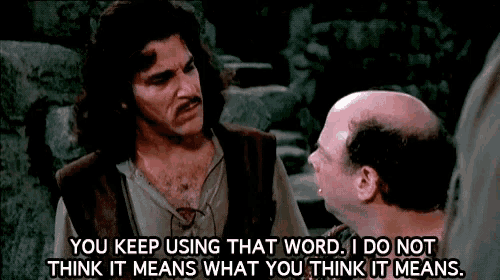Citizens' Guide to Initiative 1082: To Reform Workers' Compensation in Washington
Executive Summary
In November, Washington voters will vote on whether to allow private-sector competition to provide an alternative to the state-run industrial insurance system (workers’ compensation). The state of Washington has had a government-run monopoly for industrial insurance since 1911, and today is one of only four states that do not allow private competition in this industry.
Washington Policy Center has long recommended the creation of a competitive marketplace for industrial insurance. Such a policy would serve both the business community and injured workers. Competition would help incent safer workplaces, thereby protecting employees, getting them back to work in a timely fashion and helping protect employers’ bottom lines.
According to Initiative 1082’s text, the goals of the measure are to:
- Maintain existing benefit levels for injured workers while improving their opportunity to return to work.
- Eliminate the requirement that workers pay one-half of their medical coverage for on-the-job injuries.
- Open up the current state-run industrial insurance system to competition from private industrial insurance providers, with a July 1, 2012 start date for an open market.
- Maintain a “best practices” approach to worker safety as developed by both private and public sectors
For decades, Washington’s industrial insurance system has been run solely by the state Department of Labor and Industries (L&I). Only a relatively small number of businesses, often large firms, self-insure. But the vast majority of Washington’s businesses are forced to do business with the state, and over the years the business community has become jaded at the prospect of continuing this fractious relationship. The business community is pushing hard to open up the system to private sector competition in hopes of lowering premiums and getting injured workers back on the job more quickly. The number of workers’ compensation claims has been falling for two decades, yet the cost of the system continues to grow at a high rate – affecting both businesses and employees.
Research shows that opening the state’s industrial insurance system to private competition, if done correctly, would help keep premium increases in check, encourage innovation in rehabilitating injured workers, and most importantly, provide a safe workplace where employees can be productive and protected.
Key Findings
- Research shows that more competition in industrial insurance would help keep premiums in check, encourage innovation in rehabilitating injured workers and provide safer workplaces.
- States that have recently introduced a competitive industrial insurance market have seen costs decline and customer satisfaction increase.
- As written, I-1082 relieves employees from paying for industrial insurance premiums. As in the other 49 states, businesses would pay 100% of the cost.
- I-1082 would not address every detail of the transition to a “hybrid” industrial insurance market, but would set mechanisms in place to do so.
- As written, I-1082 does not alter the benefit levels of injured workers in any way.
Read the full Policy Brief here.
A summary Policy Note is available here.




